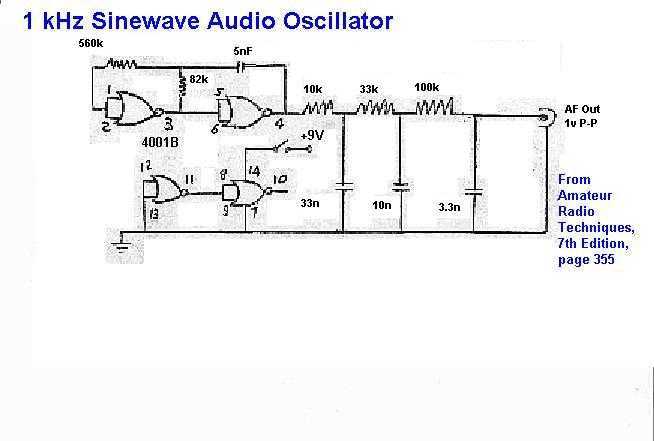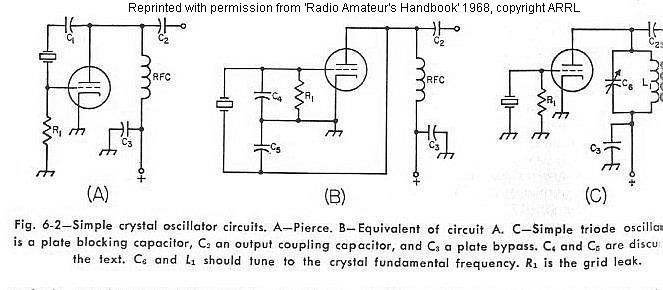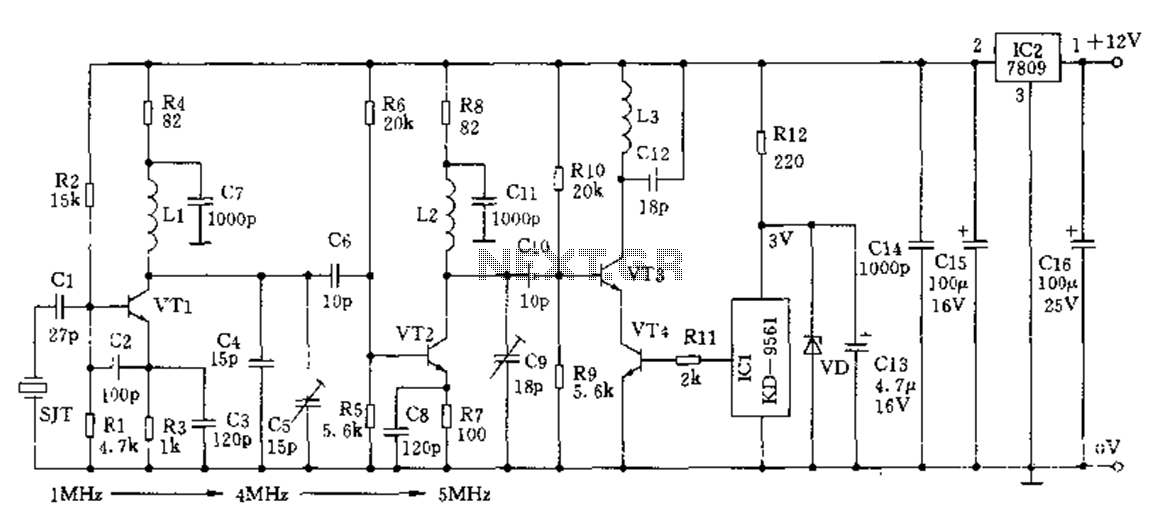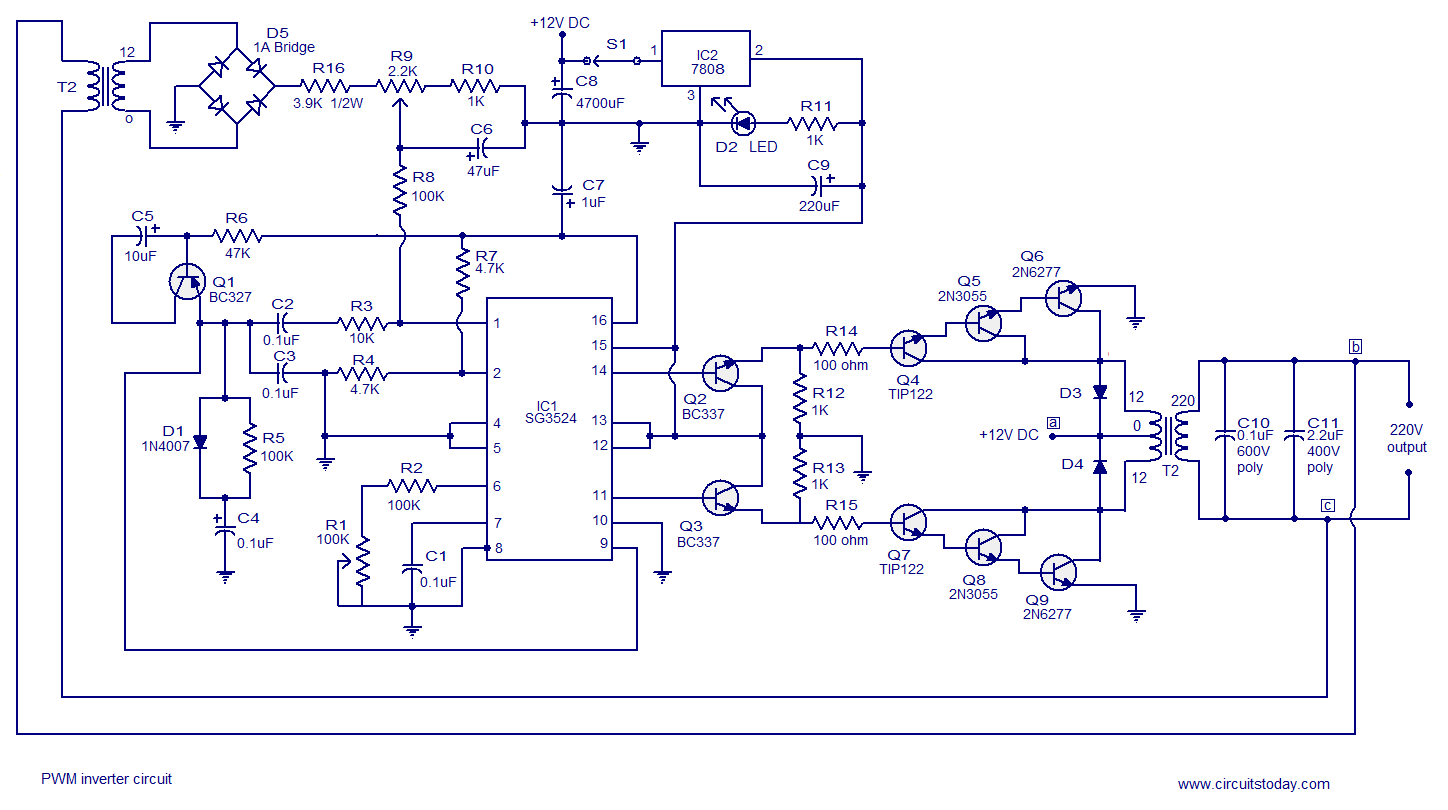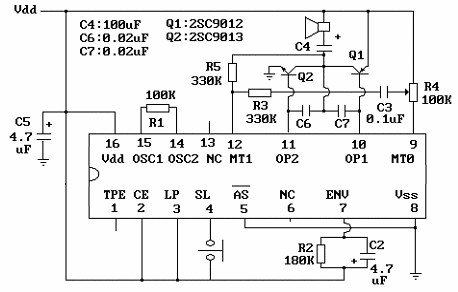
Oscillator With Quadrature Output Using 567 IC
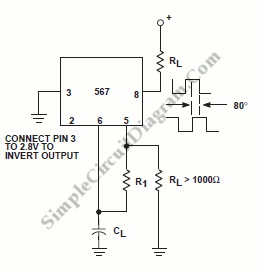
An oscillator circuit is an electronic circuit that produces a periodic signal. The term quadrature refers to a fourth (1/4) phase shift of a full wave cycle (1/4 of...
An oscillator circuit is a fundamental component in various electronic systems, designed to generate a continuous, oscillating signal, typically in the form of a sine wave or square wave. These circuits are essential in applications such as clock generation, signal modulation, and waveform generation.
The quadrature oscillator specifically refers to a type of oscillator that produces two output signals that are 90 degrees out of phase with each other. This phase relationship is critical in applications such as phase-locked loops (PLLs), quadrature amplitude modulation (QAM), and in the generation of complex waveforms.
A typical quadrature oscillator may utilize components such as operational amplifiers, resistors, capacitors, and sometimes inductors. The design often employs feedback mechanisms to maintain stability and ensure the desired frequency of oscillation. The frequency of the output signal can be adjusted by changing the values of the resistors and capacitors in the circuit.
In practical applications, quadrature oscillators are used in communication systems, where they help in the demodulation and modulation processes, allowing for efficient signal transmission and reception. Additionally, they can be found in signal processing applications, where they facilitate the manipulation of signals in both time and frequency domains.
Overall, the oscillator circuit is a versatile and crucial element in electronic design, enabling the generation of periodic signals necessary for a wide range of technological applications.Oscillator circuit is an electronic circuit that produce a periodic signal. The term quadrature refers to a fourth (1/4) phase shift of full wave cycle (1/4 of.. 🔗 External reference
An oscillator circuit is a fundamental component in various electronic systems, designed to generate a continuous, oscillating signal, typically in the form of a sine wave or square wave. These circuits are essential in applications such as clock generation, signal modulation, and waveform generation.
The quadrature oscillator specifically refers to a type of oscillator that produces two output signals that are 90 degrees out of phase with each other. This phase relationship is critical in applications such as phase-locked loops (PLLs), quadrature amplitude modulation (QAM), and in the generation of complex waveforms.
A typical quadrature oscillator may utilize components such as operational amplifiers, resistors, capacitors, and sometimes inductors. The design often employs feedback mechanisms to maintain stability and ensure the desired frequency of oscillation. The frequency of the output signal can be adjusted by changing the values of the resistors and capacitors in the circuit.
In practical applications, quadrature oscillators are used in communication systems, where they help in the demodulation and modulation processes, allowing for efficient signal transmission and reception. Additionally, they can be found in signal processing applications, where they facilitate the manipulation of signals in both time and frequency domains.
Overall, the oscillator circuit is a versatile and crucial element in electronic design, enabling the generation of periodic signals necessary for a wide range of technological applications.Oscillator circuit is an electronic circuit that produce a periodic signal. The term quadrature refers to a fourth (1/4) phase shift of full wave cycle (1/4 of.. 🔗 External reference

